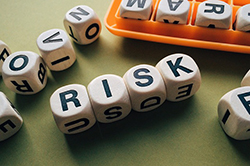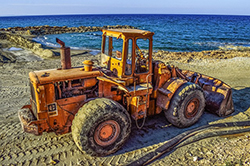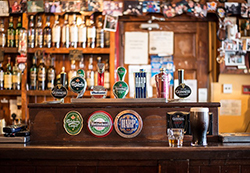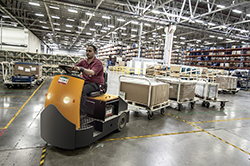 Businesses of all types and sizes face risks. Some risks are worth taking and increase your revenue, but other risks cause you to lose money. It’s important for you to spend time evaluating your business risks as you determine which ones are worthwhile to take.
Businesses of all types and sizes face risks. Some risks are worth taking and increase your revenue, but other risks cause you to lose money. It’s important for you to spend time evaluating your business risks as you determine which ones are worthwhile to take.
Common Business Risks
You small business may face numerous risks, but they typically fall into seven categories.
Operational Risks
Operational risks are related to your company’s business functions. They can include a broad range of challenges, including fraud, IT risks and legal issues, and are usually caused by an inadequate or failed system, internal process or human.
Compliance Risks
Hundreds of federal, state and local laws and regulations affect your small business. Maintaining compliance may cost thousands of dollars annually, but you will face fines for non-compliance.
Fraud and Theft Risks
Any type of embezzlement, dishonest financial reporting, unethical or illegal acts, or theft by employees or customers harms your business.
Credit Risks
Taking out a loan to start or maintain your company or extending credit to a customer are two examples of small business credit risks.
IT Risks
Data breaches, loss of data and cyber attacks affect your ability to do business. These risks also open the door to lawsuits.
Medical Risks
Accidents, injuries, illnesses and environmental factors can affect the health and well-being of your employees and customers.
Reputational Risks
Slow customer service or a bad online review can damage your reputation, in some cases beyond repair.
How to Evaluate Your Risks
After identifying business risks, take three steps to evaluate if the risk is worth taking or one you should avoid.
Determine the rank of each risk.
Risks can affect each business differently. Assign each risk a rank of low, medium or high so that you can address the most serious risks first and protect your business.
Assign a financial loss figure to each risk.
Know how much a risk will cost and then decide if it’s financially worth it. As an example, decide how much money an expansion will bring in versus how much it will cost for the expansion loan, including fees and interest.
Create a plan to handle risks effectively.
When you know which risks your business faces, you can decide how to handle each one effectively. You can hire an IT specialist to monitor cyber risks, assign someone to the role of safety manager as you maintain OSHA compliance or require upfront payments that reduce your credit risk.
Evaluating your business risks is an important part of your company’s success. Discuss your risk management with your business mentor, attorney, financial planner and insurance agent.

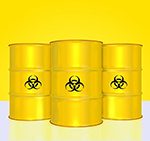 Corrosives are solid or liquid substances that exact extreme caution when handling. They are usually either an acid, such as nitric acid, sulfuric acid, chromic acid, hydrochloric acid, hydrofluoric acid, or acetic acid, or a base, such as ammonium hydroxide, sodium hydroxide, or potassium hydroxide. Anyone that has ever seen the effects that corrosives have on metal or other strong materials can easily imagine the damage that a corrosive would do to the delicate human skin. Adding to the danger is the fact that corrosives act upon contact, meaning that damage begins the moment that the corrosive or its vapors come into contact with the eyes, mouth, skin, digestive tract, or respiratory tract.
Corrosives are solid or liquid substances that exact extreme caution when handling. They are usually either an acid, such as nitric acid, sulfuric acid, chromic acid, hydrochloric acid, hydrofluoric acid, or acetic acid, or a base, such as ammonium hydroxide, sodium hydroxide, or potassium hydroxide. Anyone that has ever seen the effects that corrosives have on metal or other strong materials can easily imagine the damage that a corrosive would do to the delicate human skin. Adding to the danger is the fact that corrosives act upon contact, meaning that damage begins the moment that the corrosive or its vapors come into contact with the eyes, mouth, skin, digestive tract, or respiratory tract. Performers such as magicians, singers, dancers and mascots entertain and help people have fun. While satisfying, this career includes a variety of risks. As a performer, you must know the risks you face and the appropriate safety measures as well as insurance options that protect you, your audience and your business.
Performers such as magicians, singers, dancers and mascots entertain and help people have fun. While satisfying, this career includes a variety of risks. As a performer, you must know the risks you face and the appropriate safety measures as well as insurance options that protect you, your audience and your business.
